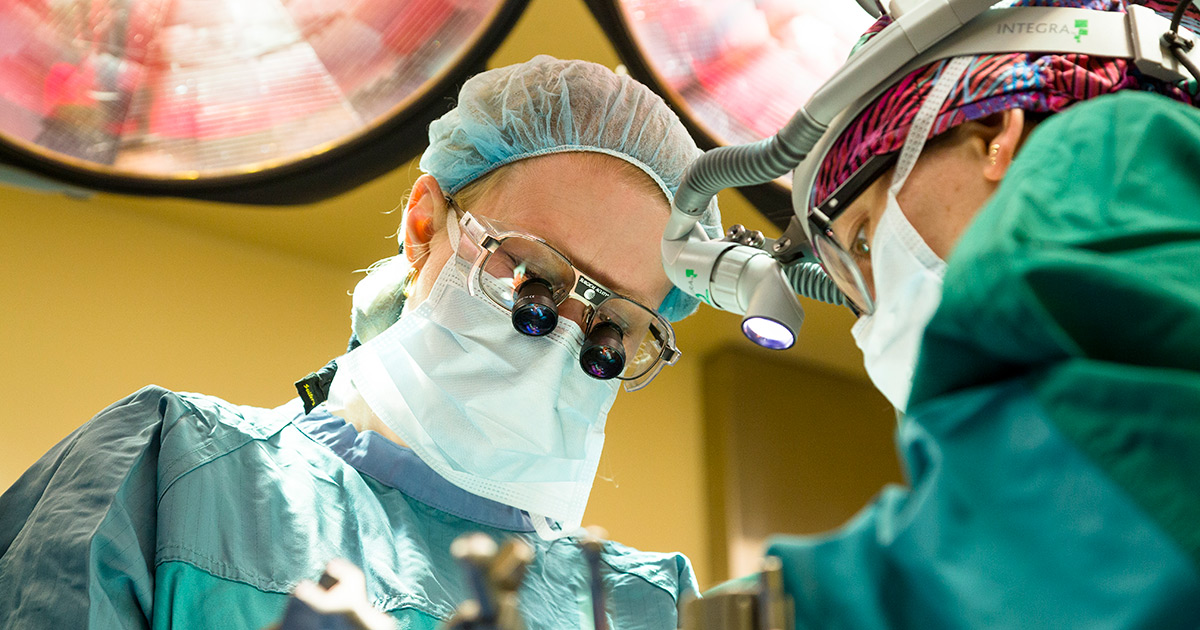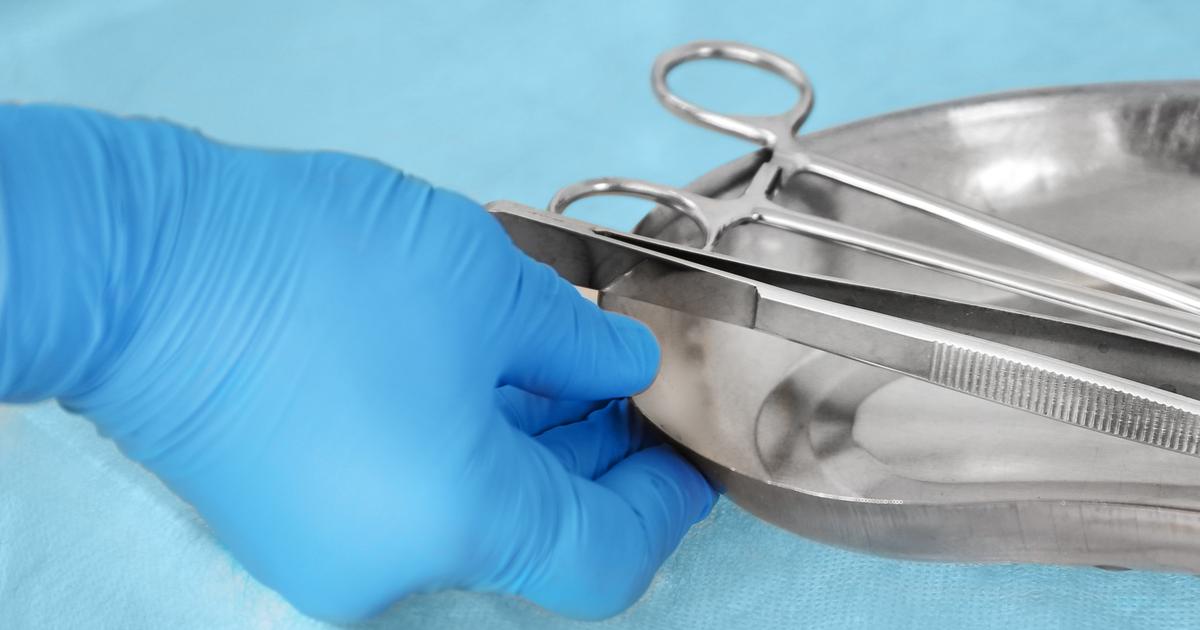What Are The Types Of Surgery?
Surgery is a medical specialty that involves opening the body to treat acute illnesses and chronic conditions. Surgery may be performed to relieve pain and to remove, change, or reshape body tissues. Since surgery is an invasive procedure performed inside the body, it typically requires the use of anesthesia. Patients may be given local anesthesia to numb a small area or region of the body for minor procedures. For longer or more complex procedures, general anesthesia is used so patients are unconscious for the procedure and cannot feel any pain. Some surgeries are performed at outpatient surgery centers, and longer procedures such as organ transplants or heart operations are done in hospitals. Before having surgery, patients will have blood tests, and their vital signs will be measured; some patients might also have an electrocardiogram. These tests are performed to ensure the patient is healthy enough to undergo the surgery.
Some of the most common overarching types of surgeries are discussed below.
Open Surgery

Open surgery is the oldest, most conventional form of surgery. Unlike newer procedures, open surgery involves making a single, large incision to open an area of the body for visualization and repair. Generally, the incision for open surgery is at least three to four inches in length, and many surgeries require even larger incisions. Open surgeries carry a higher risk for infection, blood loss, and other complications, and patients have a longer recovery time with these types of procedures.
However, certain types of surgeries, including organ transplants, must always be performed as an open procedure. Open procedures are frequently necessary for hernia repair operations that require the insertion of mesh into the body. Open surgery is also needed in cases where it is the only way to provide sufficient visual information to diagnose a condition or remove tissues, and it is beneficial for some types of repairs that cannot be made using current minimally invasive techniques. Surgeons will discuss all of the procedure options with the patient before the operation, and the patient will be advised of the risks and benefits associated with each surgical approach.
Read more about the different types of surgery now.
Keyhole Surgery

Keyhole surgery is a minimally invasive surgical technique in which an operation is performed with several small incisions, each of which is normally less than one centimeter in length. A camera is inserted into one of the incisions, and this allows surgeons to view the interior of the body on a large monitor in the operating room. Surgical instruments are inserted through the other incisions, and these instruments are often smaller than those used for open procedures. Keyhole surgery is most frequently used for gynecological and urological procedures, and it can also be used for certain joint replacement procedures, including knee replacements. Keyhole surgeries performed on the chest are known as video-assisted thoracoscopic procedures.
Compared to open procedures, keyhole operations are associated with a faster recovery time, reduced risk of infection, reduced bleeding, and reduced internal scarring (adhesions). Patients who have keyhole procedures typically report less pain than patients who undergo open procedures. Some types of keyhole operations are performed by inserting a camera and surgical instruments through an orifice of the body such as the mouth or nose, and these operations require no incisions.
Uncover more details on the major types of surgery out there now.
